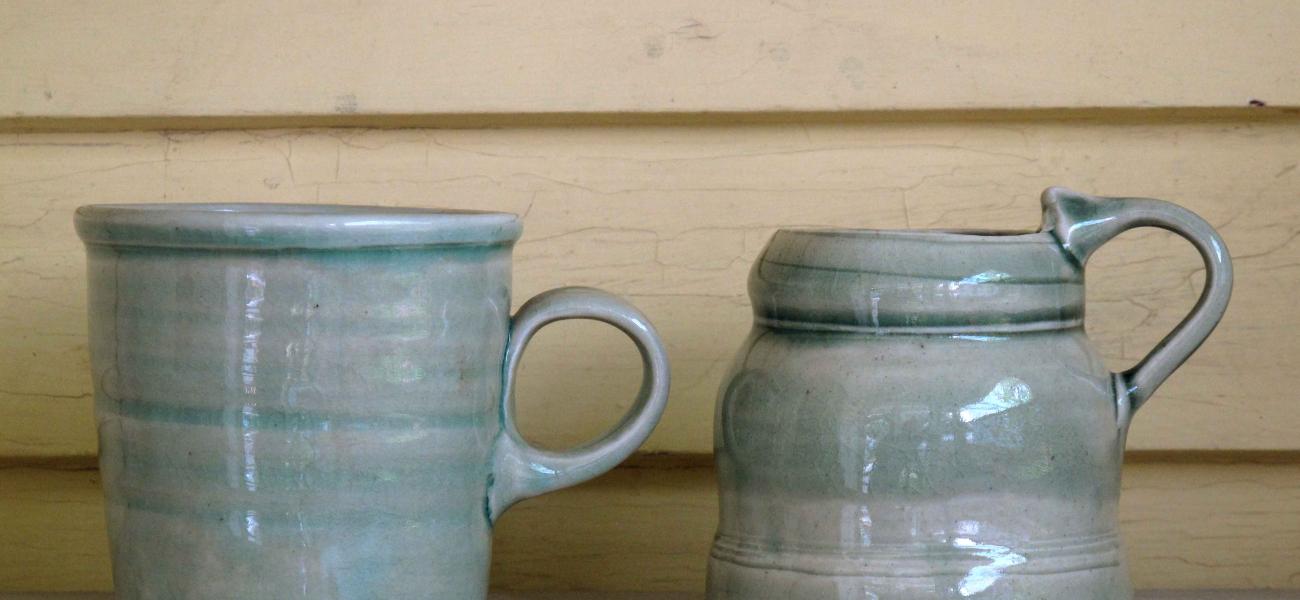Editor's note: Find Part II of this essay in Vol. 44 No. 1, Winter/Spring 2016.
Glazed or not, every object made from clay has a surface. But what does that surface tell us? Can a ceramic surface convey meaning? Can a ceramic surface be powerful or restorative? Can a ceramic object embody meaning that is powerful, restorative, and redemptive?
Each morning, I choose a cup for tea. If I have coffee later, I choose a different cup. Each choice has meaning for me. The cups are made by hand, fired in kilns that would be familiar to me if I could transport myself to that moment in time when cup and kiln part. The unstacking of a kiln is a magical moment – when the potter first glimpses the surfaces of his wares created by heat and flame. The orange glow that gives life to the surface of clay is the potter's secret light. Few who use these cups ever see the glow of the kiln. The maker-specific human intentions are often lost; they become a matter of conjecture within a generation or so. Like so much of human history, the thoughts of the actors, in this case, the person who created the object, are, for the most part, lost to us.
Cupboards and museums are filled with ceramic objects that invite conjecture. And each generation can approach these objects with a critical eye and a curious mind. Every object can be freshened through the act of someone seeing it for the first time. A mug or a cup best freshens our lives while it’s in use. The first encounter with a ceramic object – visual and, when possible, tactile – can be the beginning of a relationship like the ones I have with my morning teacup or the pot in a museum I return to see every chance I get.
This ability of surface to engage us is what makes the ceramic object powerful. We engage it first with our eyes, then with our hands. Each morning I look at my cups and choose the one that catches my eye and seems most appropriate for that particular point in time. But after that initial visual reckoning, my experience becomes a hand-eye one as I pick up the cup or raise the drink to my lips. In that moment, determining what shapes the aesthetic experience is difficult. Is it the qualities of surface, the tactile experience, or the worlds of meaning embodied in the things humans create? Regardless, in this way the experience of drinking tea is richer and more memorable.


